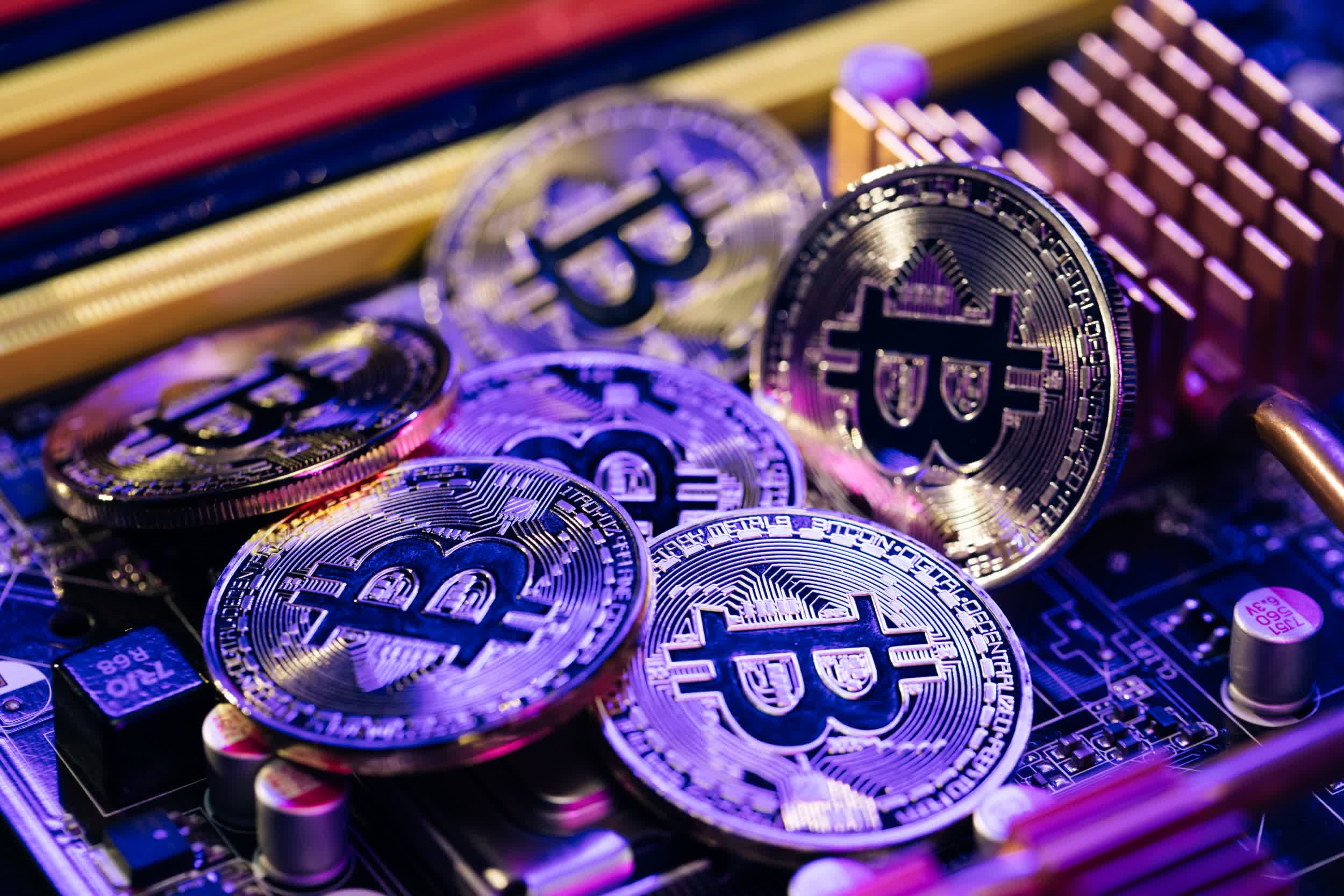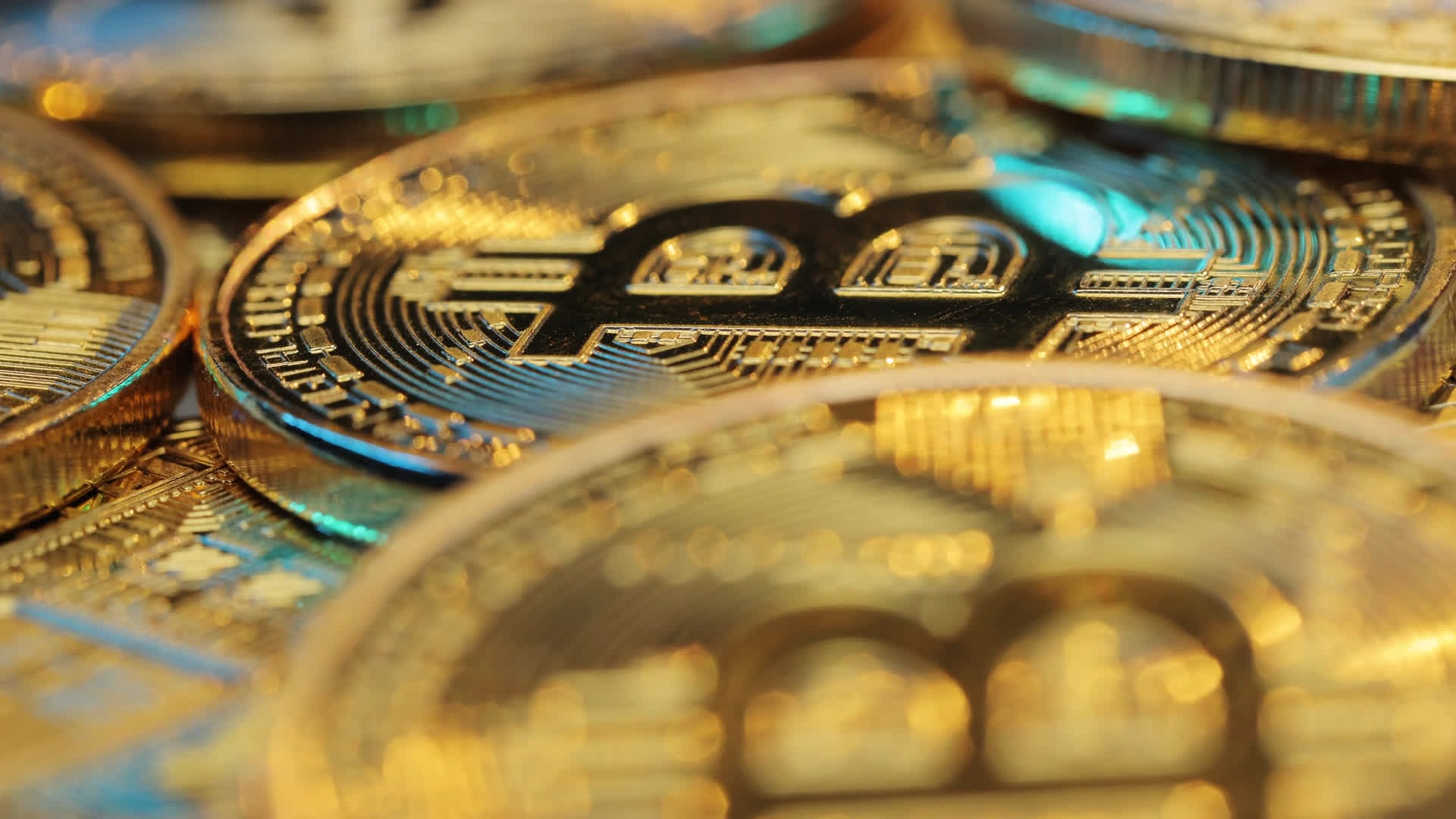The big picture: It's been nearly 12 years since the first Bitcoin was mined. When the mysterious Satoshi Nakamoto designed the decentralized digital currency, it was done in a way to ensure that no more than 21 million Bitcoins could ever be mined. This was likely done, at least in part, to control supply and smooth out future price fluctuations.
The latter protection hasn't been terribly effective to date, but then again, it's unclear what sort of expectations Nakamoto had for the digital currency when it was first conceived.
Nevertheless, as of this week, a full 18.9 million Bitcoins - or 90 percent of the total supply - have been mined. What happens next? Not much, at least not anytime soon.
The Bitcoin network was also designed such that the final coin won't be mined until the year 2140. So while the first 90 percent were created in less than 12 years, the remaining 10 percent will take nearly 120 years to arrive.

We must also consider that an estimated 20 percent of all Bitcoins that have already been mined are likely lost forever. The reasons here are aplenty - lost passwords, misplaced hard drives, death, etc. Either way, once they're gone, there's no getting them back (you can mine, or "print," replacements), which theoretically makes the remaining coins in circulation even more valuable.
That's assuming, of course, that Bitcoins continue to be perceived as valuable. So much has happened in the space in just 12 years that it's next to impossible to forecast with any certainty what the market will look like 100 years from now.
